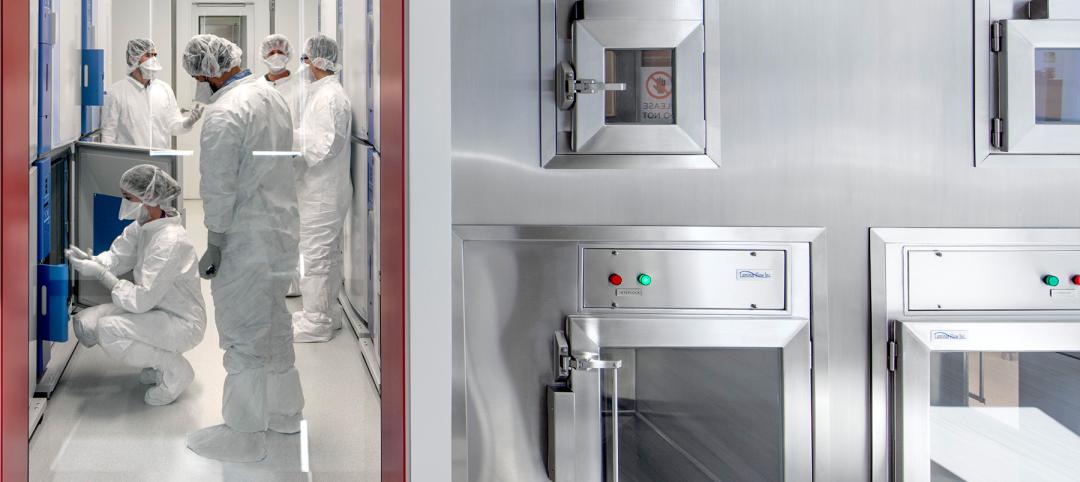The human brain remains one of the great mysteries of our time. This remarkably complex biological structure employs billions of nerve cells and even more connection points to execute every thought, movement, function, and emotion in our bodies. All humans are equipped with what is essentially a supercomputer between their ears, yet we lack a complete understanding of how it works, or how to maximize its full potential. But this is starting to change.
Advancements in neurotechnologies, combined with billions of dollars in public and private funding flooding the fields of cognitive neuroscience and behavioral neuroscience, have made the “thinking brain” one of the hottest areas of scientific research.
President George H.W. Bush declared the 1990s the “decade of the brain” to mark the start of a federal-level funding and awareness campaign around brain research. In 2013, President Obama, during the launch of the public-private BRAIN Initiative, likened the mapping of the brain to the “space race” of the 1960s.
Advancements in neurotechnology, combined with billions in funding, have made the ‘thinking brain’ one of the hottest areas of scientific research.
Indeed, the race is on to unlock the secrets of the brain—to find a cure for diseases like Parkinson’s and Alzheimer’s; to treat disorders like Autism and PTSD; to enhance treatment of acute brain injuries; and to gain a better understanding of cognition and human behavior.
The excitement surrounding brain research has piqued the interest of business leaders, who traditionally have relied of experience, intuition, and tried-and-true methods for many facets of business, from sales and marketing to recruitment/retention to operations.
Why do people make the decisions they do? And, more importantly, how can we effectively influence people in their decision-making? The answers to these questions have the potential to transform any business organization, including AEC firms.
With this understanding, the SMPS Foundation, the research arm of the Society for Marketing Professional Services, set out to explore the known principles and most recent research surrounding the human brain and behavioral science. The goal: to discover connections between the science and the AEC business.
This six-month research project, headed by psychologist and behavioral scientist JonRobert Tartaglione, Founder of Influence51, culminated in August with the release of a 20-page report, “The Neuropsychology of Influence and Decision-Making.” In it, Tartaglione presents distinct concepts related to influence and decision-making, with advice on how AEC firms can apply these concepts.
On behalf of the SMPS Foundation Board of Trustees (I’m a proud two-year board member), I invite you to download this important report. It’s a must-read for any AEC firm leader.
Related Stories
Designers | Oct 1, 2024
Global entertainment design firm WATG acquires SOSH Architects
Entertainment design firm WATG has acquired SOSH Architects, an interior design and planning firm based in Atlantic City, N.J.
Higher Education | Sep 30, 2024
Studio Gang turns tobacco warehouse into the new home of the University of Kentucky’s College of Design
Studio Gang has completed the Gray Design Building, the new home of the University of Kentucky’s College of Design. In partnership with K. Norman Berry Associates Architects, Studio Gang has turned a former tobacco warehouse into a contemporary facility for interdisciplinary learning and collaboration.
Warehouses | Sep 27, 2024
California bill would limit where distribution centers can be built
A bill that passed the California legislature would limit where distribution centers can be located and impose other rules aimed at reducing air pollution and traffic. Assembly Bill 98 would tighten building standards for new warehouses and ban heavy diesel truck traffic next to sensitive sites including homes, schools, parks and nursing homes.
Laboratories | Sep 27, 2024
Traditional lab design doesn't address neurodiverse needs, study finds
A study conducted by ARC, HOK, and the University of the West of Scotland, has revealed that half (48.1%) of all survey respondents who work in laboratory settings identify as neurodivergent.
Laboratories | Sep 26, 2024
BSL conversions: A cost-efficient method to support high-containment research
Some institutions are creating flexible lab spaces that can operate at a BSL-2 and modulate up to a BSL-3 when the need arises. Here are key aspects to consider when accommodating a rapid modulation between BSL-2 and BSL-3 space.
MFPRO+ News | Sep 24, 2024
Major Massachusetts housing law aims to build or save 65,000 multifamily and single-family homes
Massachusetts Gov. Maura Healey recently signed far-reaching legislation to boost housing production and address the high cost of housing in the Bay State. The Affordable Homes Act aims to build or save 65,000 homes through $5.1 billion in spending and 49 policy initiatives.
Designers | Sep 20, 2024
The growing moral responsibility of designing for shade
Elliot Glassman, AIA, NCARB, LEED AP BD+C, CPHD, Building Performance Leader, CannonDesign, makes the argument for architects to consider better shade solutions through these four strategies.
Mixed-Use | Sep 19, 2024
A Toronto development will transform a 32-acre shopping center site into a mixed-use urban neighborhood
Toronto developers Mattamy Homes and QuadReal Property Group have launched The Clove, the first phase in the Cloverdale, a $6 billion multi-tower development. The project will transform Cloverdale Mall, a 32-acre shopping center in Toronto, into a mixed-use urban neighborhood.
Codes and Standards | Sep 19, 2024
Navigating the intricacies of code compliance and authorities having jurisdiction
The construction of a building entails navigating through a maze of regulations, permits, and codes. Architects are more than mere designers; we are stewards of safety and navigators of code compliance.
Higher Education | Sep 18, 2024
Modernizing dental schools: The intersection of design and education
Page's John Smith and Jennifer Amster share the how firm's approach to dental education facilities builds on the success of evidence-based design techniques pioneered in the healthcare built environment.

















